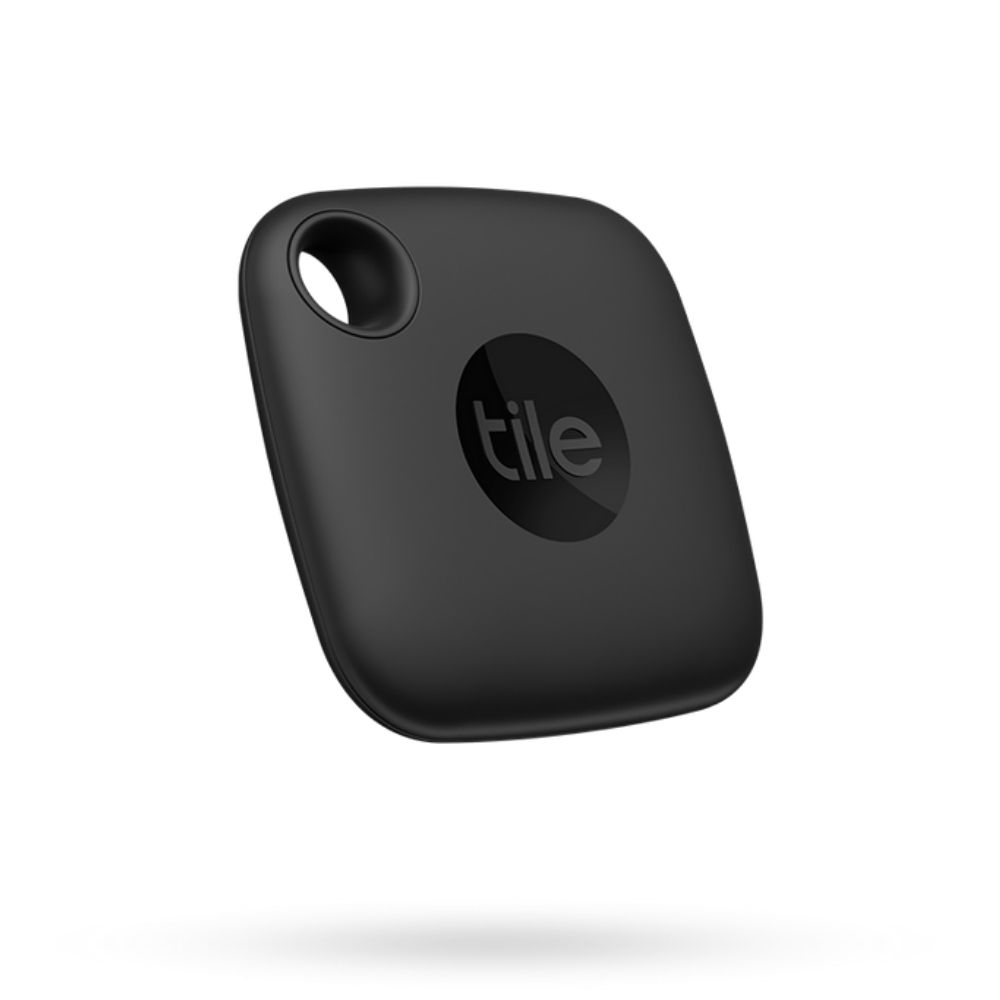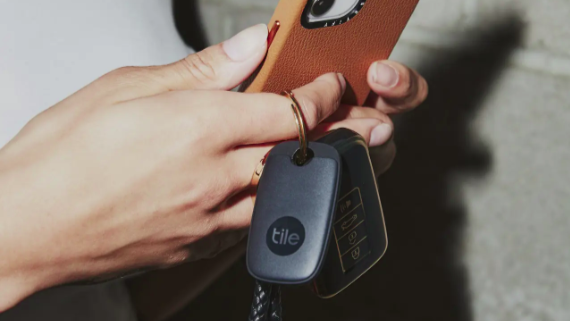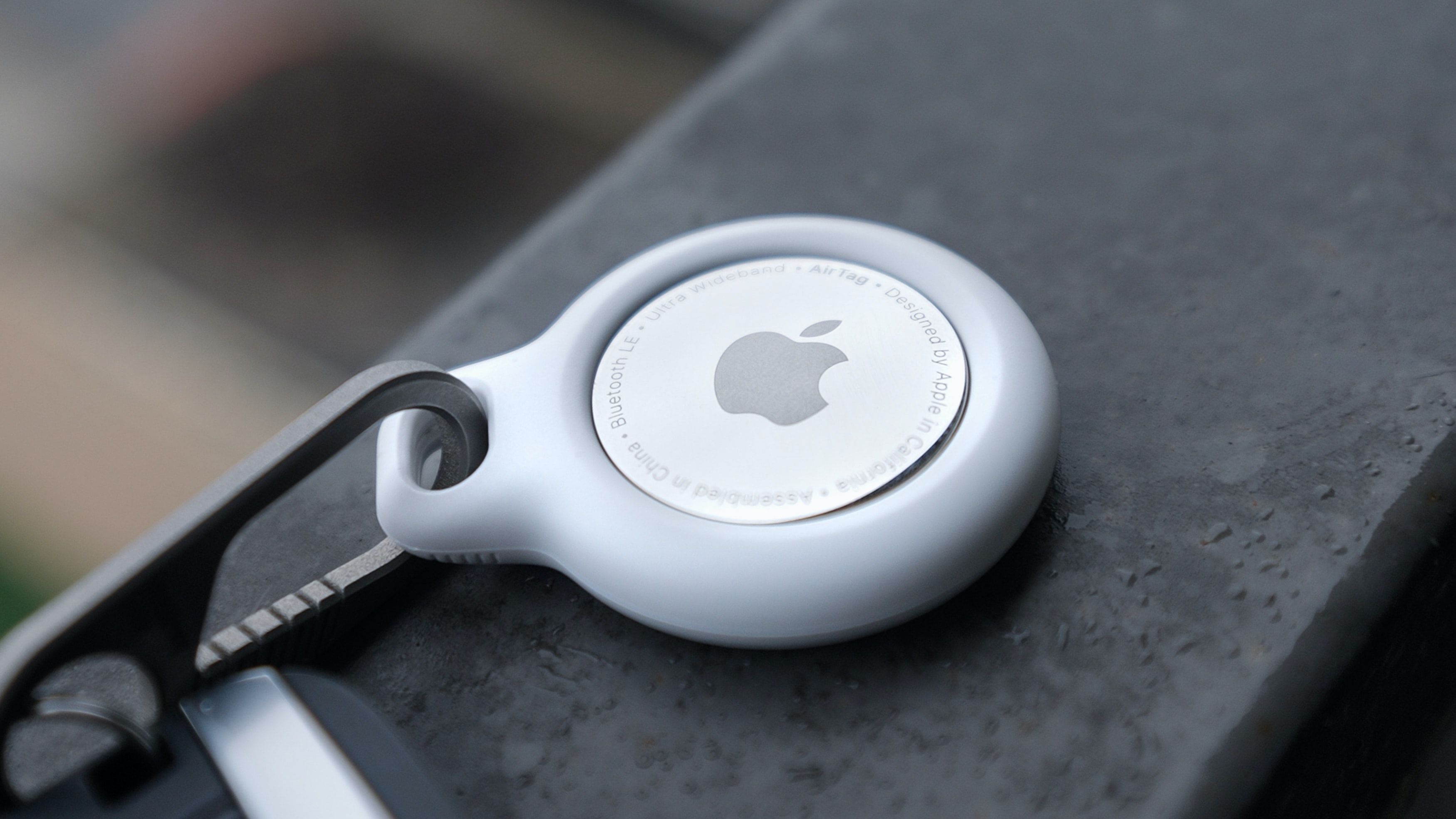Quick answer:
No, none of Tile’s current trackers support the Find My Device network, and no such new releases are officially planned.
Google recently performed a mass roll-out of a feature iPhones have sported for years. After nearly a year of waiting, its Find My Device network has finally gone live, enlisting the help of Android users worldwide to track lost or stolen items.
There may already be a good selection of dependable Bluetooth trackers for Android, but until Find My Device’s launch, none of them could leverage the massive network of users running the world’s most popular operating system. So, unlike AirTags, owners of leading Android smart tags like the Samsung SmartTag 2 rely on other owners (in the SmartTag’s case, of Galaxy smartphones) who opt to let their devices expand the network. With Google’s new, Android-encompassing endeavor spurring various smart tags and gadgets with built-in support, can we expect Bluetooth tracker progenitor, Tile, to jump into the fray?
Does Tile support Google’s Find My Device network?
Source: Tile
Despite Google’s initial suggestion that Tile would be forthcoming with Find My Device-compatible trackers, no current Tile models do. Moreover, the company has nothing in the pipeline in terms of announcements or even developments. At the moment and for the time being, Tile trackers don’t work with Google’s vast network.
Instead of hopping on board with the Big G and Apple’s new industry-spanning agreement, Tile is working on integrating its Bluetooth trackers with the Life360 app. Right off the bat, its US user base of under 40 million people means it won’t have nearly as many connectivity nodes once Find My Device really picks up steam. But — and this is something Tile’s spokesperson was careful to point out — that does, at least, allow for cross-platform use of the same trackers without jumping to any new networks, which could theoretically be a boon to households with mixed Android and iOS usage.
How does Google Find My Device network support help?
All the Bluetooth tracker networks work basically the same, leveraging end-user devices to keep an eye out for a smart tag’s Bluetooth signal. Google’s new implementation makes a seemingly small, but effectively huge change that aligns it with Apple’s AirTag connectivity and launches it ahead of existing networks.
Typical Android-supported trackers, like those from Samsung and Tile, rely on opt-in networks. Their users will only benefit from other users’ Bluetooth scanning if those users own a tracker on the same network or have decided to opt into participating in the network out of the goodness of their hearts.
Apple and now Google’s tracking efforts start with their opt-out status, despite early indications otherwise. The Find My and Find My Device networks (great naming schemes, everybody) are automatically enabled when you add an Apple or Google account to your phone, which guarantees a considerably higher number of scanning nodes than ecosystems like the Life360 app offers.
Is Google’s Find My Device better than Apple’s Find My network?
Source: Unsplash/Daniel Romero
iPhones have a slightly bigger US market than Android phones, so numbers-wise, the new offering can only really bring Android close to Apple, with zero chance of surpassing its ubiquity stateside. In most other countries, where Android users far outnumber iPhone owners by more than two to one, new Google-compatible smart tags will offer more precise, dependable Bluetooth tracking.
Broadly speaking, though, Google’s entry into the field has done good things. In fact, the biggest reason we’ve been waiting so long is Google and Apple’s decision to agree on a cross-platform standard for detecting unwanted trackers.
Google also introduced a few other features that keep users safe from prying eyes, like a restriction on the network using your device to ping the owners of nearby trackers that aren’t yours. It’s also configured to only issue a detection alert when there are multiple Android users present. You can even track certain supported devices, like the Pixel 8 and 8 Pro, if they’re turned off and out of battery.
What are the best Find My Device Bluetooth trackers?
As of the network’s early April launch, there weren’t any. Pebblebee and Chipolo have some ready, and you can pre-order them from the companies’ websites, but there are only five total, so far. But the feature is included on a few of today’s top headphones, including our favorites, the Sony WH-1000XM5. Popular affordable gadget manufacturer Eufy has a couple Find My Device trackers in the works, as does Indian telecom and electronics conglomerate Jio.
Given that it was the first Bluetooth tracker company and still makes some of the best, it’s somewhat surprising Tile isn’t yet on board with Google’s new system. So you can rest assured that if it ever does release a supported smart tag, we will let you know.

Tile Mate (2022)
No Find My, no problem
The Tile Mate may not support Google’s Find My Device network, but that’s no reason to rule it out. This Tile tracker is compact, affordable, and lasts for up to three years.
Source link



